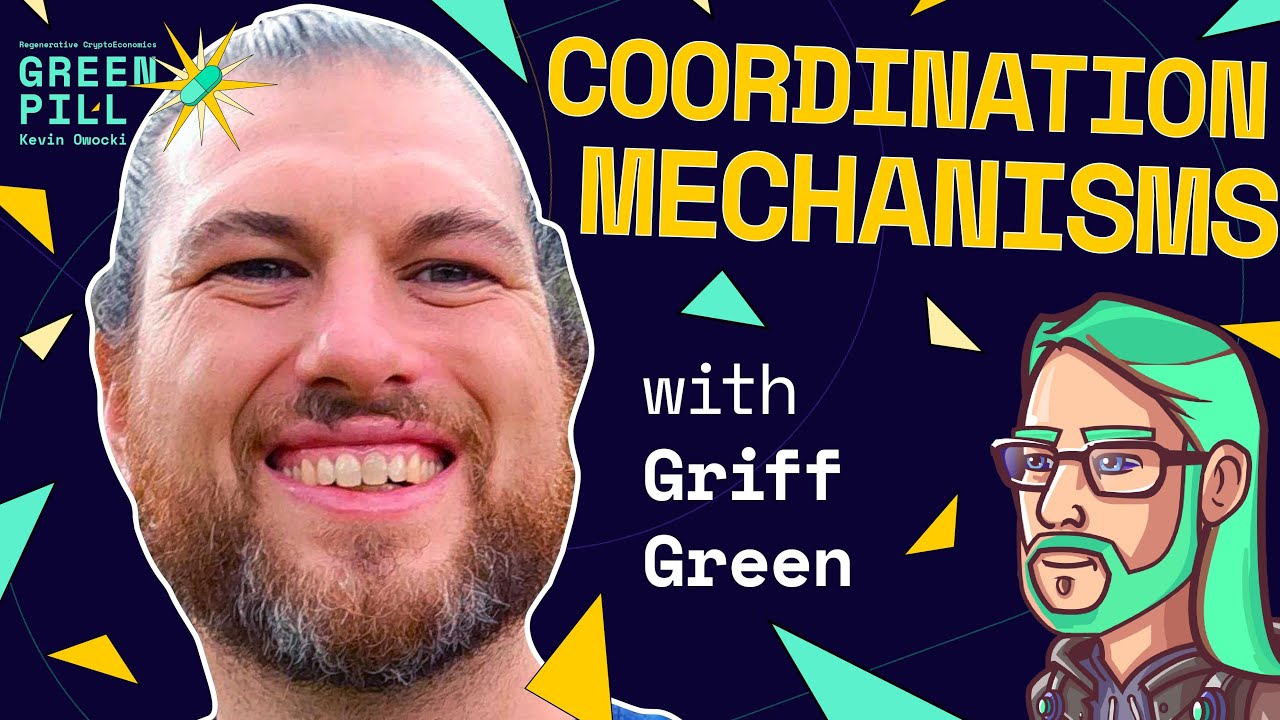(hi from supermodular - commenting here to explore the design space stimulated by @shreyjaineth 's comment at Pluralism summit to me “what if we did a hyperparameter sweep across all coordination mechanisms”? for data gathering purposes! )
this is a great graphic. @shreyjaineth joe’s post makes me think the hyperparameter sweep of all coordination mechanisms could sweep all possible parameters (joe lists some important ones below) across [funding mechanism] x [passport rules] x [grant eligibility ] x [ui discoverability].
one thing i think thatll be an important design criteria from the start is the “cost” of running a simulated round.
when you have low cost you can sweep parameters fast. when you have high cost you sweep parameters very slowly and costlyly. those who know me know i like to spin my OODA loops fast!
i can see four types of rounds (one real + three simulated):
- [high level of effort] - live - real humans doing their JTBDs
- [medium level of effort] - simulated + human action needed - data created by real people, staffed by someone who wants experimental data results
- [low level of effort] - simulated + computer agent action - data created by simulated people, staffed by someone who wants experimental data results
- [very low level of effort] - simulated + data analysis - takes data created by rounds types 1 and 2 and tries to derive new analytic insights from them.
i’m just one node in the network, but if Grants Stack helping communities to reach the “Global Maximas” of Coordination is important to it’s partners, or is important as a USP, then IMO it follows that articulating the value of all the permutations = articulating the value proposition of Grants Stack.
insofar as anyone else who would be pursuing such a strategy (hopefully they’d just build on Grants Stack instead), no other web3-era grants software suite is going be such a swiss army knife. .
i dont mean to push you in one way or another tho…
(hey - what is Grants Stacks USP by the way? USP = Unique Selling Proposition. maybe @CoachJonathan and @Viriya know)
i think explaining Quadratic Funding is kind of complicated, so i have a lot of empathy for how hard it is to educate people about these mechanisms.
over time i’ve learned to create explainer videos or show live examples to people is one of the easiest way to explain the mechanisms.
but is the juice worth the squeeze? i can’t say, it’s really up to MMM/GPC. it probably deeply depends on the USP of Grants Stack. some options i’ve heard flying around on twitter.
- Is the USP for Grants Stack that its a grants program that grows with you?
- That Grants Stack = the simplest way to administer grants?
- Is it Grants Stack = easy Quadratic Funding?
- Is it Grants Stack = easy Retroactive Public Good Funding?
- Or is Grants Stack more like Wordpress, a minimal tool with an active developer community around it and lots of plugins that can be built in to extend it?
assuming the juice is worth the squeeze @epowell101 , how do you think the educational efforts should differ from, or build upon, work like this 2 hour episode on coordination mechanisms @griff and i did (and the article the giveth team made shortly thereafter). i know @ccerv1 had some ideas about how to organize that content too.
when Gitcoin first launched we launched https://wtfisqf.com/, to show off the power of Quadratic Funding to people. perhaps a microsite like that could be useful here too.
we’ve actually done a few greenpill episodes on collective intelligence / coordination mechanisms come to think of it. this is primarily because i find the concepts of collective intelligence intellectual fascinating and think them to be one of the great promises of web3… as the meme goes its all coordination…
if there are any coordination mechanism deep dives you think we should do, let me knew.
pasting a few such episodes below

